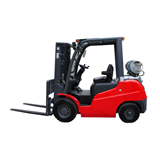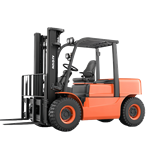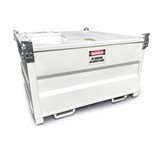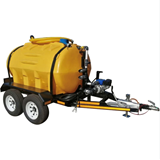There are options aplenty with forklifts and they vary based on what job they are designed to tackle.
The following considerations will help you choose the forklift you need for your company.
Develop a cost per pallet matrix
For a lift that will see mostly continuous use, create a baseline for comparison purposes. For example, calculate the number of pallets each machine is able to move per shift. This will incorporate the number of pallets a lift is able to carry, the speed at which the mast can raise and lower to the average pallet height, and how quickly it can safely manoeuvre between locations.
Cost per pallet can then be determined by combining operator costs per pallet with the total expected ownership costs of the forklift. This will include the purchase and financing costs, operational costs, service, maintenance, additional equipment, and re-sale value over the expected use-life.
Consider used forklifts
While the natural pick may seem like a new machine, the more sound economic option could be finding a quality used forklift. If the forklift be used every day, and be in operation more than four hours per day, a new machine likely makes the most sense. However, a used machine could be the better option if it will spend more time parked than in use.
Review load requirements
Most warehouses know what they need their forklift to move. The first step should be establishing the weight of the heaviest load the forklift will need to move on a regular basis. Clearly, the chosen forklift needs to be rated for that weight.
Next, determine if there are any abnormal load weights the forklift might need to handle. If that load can be broken into two moves then a forklift with less load capacity could provide enough cost savings to validate the extra operator time. This is where the aforementioned cost per pallet matrix will be useful.
Consider precision placement
Side-shift is a nice feature, but it comes at a cost. Some warehouses are tight on space, which means narrow thresholds when placing stock. Load width comes into play as well, as it is more difficult for some operators to gauge the edges of wider loads. Being able to move the load side-to-side can save time and reduce aggravation for employees moving loads into tight windows.
Know your height constraints
A forklift that can't reach your highest shelf clearly makes no sense. Just as important, though, is the collapsed height of the mast. Are there low-hanging lights, entry ways or containers the forklift needs to fit under or in? This is also a good time to consider the width requirements and turning radius needs.
Get attached to the forklift
Based on what needs to be moved, a slew of attachments are available for certain lifts. They range from hoppers, work platforms, carton clamps, extensions, paper roll clamps, dump buckets and more. Review needs and options so you can get the most out of your machine.
Emphasise ergonomics
Many forklifts come with an array of ergonomic options for operator safety. If a machine will receive prolonged use, driver comfort is an important consideration; it can decrease injury and work-related back injuries. The improved health leads to better productivity on the job and reduces work absences. However, if operators are using them in short stints, the added cost isn't likely to improve production, employee satisfaction or safety.
Pick your priorities
Forklifts are available in electric, gas (including natural gas) and diesel options. The right motor for your facility depends on the type of use.
Gas/LPG/CNG
These options offer long-life and can carry heavier loads. They are generally easy to re-fuel, but require fuel storage. They are better than diesel for indoor use, cheaper to purchase, but cost the most to run and service. They generally have the lowest re-sale value.
Diesel
A diesel motor is best suited for outdoor use, particularly for a machine that will see prolonged use and will be moving heavy loads. Emissions are problematic for many indoor applications, but they operate at faster acceleration and lift speeds. They are also more economical than gas options.
Electric
The initial price of an electric forklift will be higher, but they are generally cheaper over the life of the unit. They have lower operational, service and maintenance costs, offer a longer lifespan than other platforms, are more compact and nimble, and do not create noise or air pollution. They are more limited with load capacity and have recharging constraints, but are favoured for indoor use.
The options can seem daunting at first glance, but a systematic approach will eliminate equipment that doesn't suit your needs. With a bit of financial analysis, it becomes easier to choose the right forklift to fit your needs.

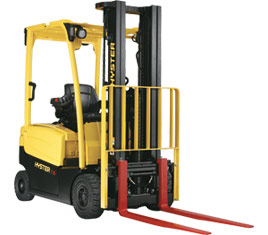

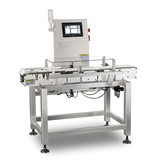
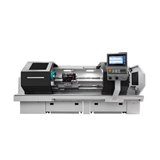

-160x160-state_article-rel-cat.png)

-160x160-state_article-rel-cat.png)

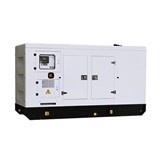

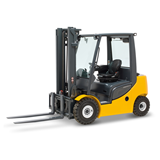
-160x160-state_article-rel-cat.png)
